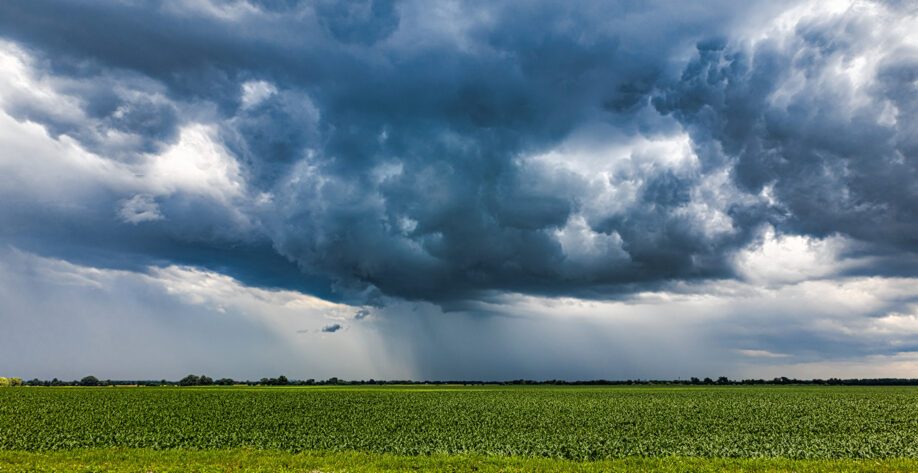Flooding impacts more people globally than any other environmental disaster. A 2021 study published in the Nature Journal claims that the percentage of the global population at risk from flooding has risen by almost a quarter since the year 2000 and millions more will face increased flooding by 2030. Although almost $651 billion (USD) in flood damages occurred globally from 2000 to 2019, only 13% of disaster funds are allocated to preparedness, mitigation and adaptation.
While severe flooding can endanger life, even moderate levels of flooding can lead to extensive damages and disruption of infrastructure operations, including high-value data centers, healthcare, power generation stations, and other important building occupancies. Based on updated, world-wide flood maps, many areas not previously categorized as being at risk now fall within flood-prone zones.
Many of these buildings, sites, and occupancies are situated on older sites and within older buildings with little resistance to rising water tables, flash floods, and rising sea levels. These occupancies and users are at risk of repetitive flood, water damage, and loss of use, which have economic and health-related consequences. Water source contamination and uninhibited ingress are significant problems, resulting in damage or loss to structural systems, building enclosures, and interior contents. Water can enter below-grade areas, compromising electrical and mechanical infrastructure. Existing stormwater systems also risk being overwhelmed by anticipated increased storm intensities as climate change accelerates. To successfully address future flooding events, building owners need to be prepared by developing flood mitigation plans and weatherproofing practices.
Continue reading Storm Proofers – Frontline Defense for Flood-prone Infrastructure on FMJ’s website.

